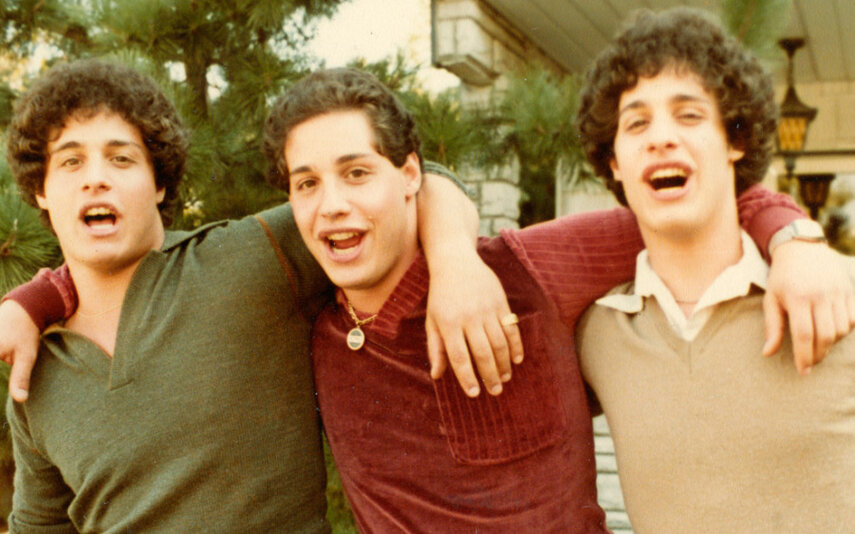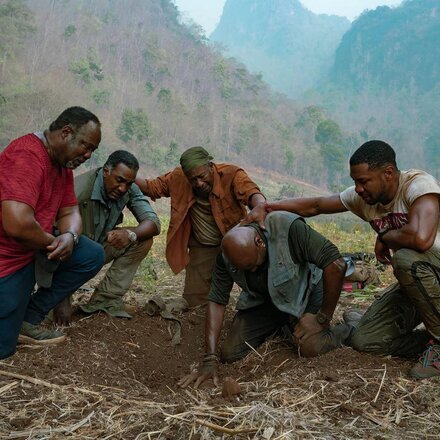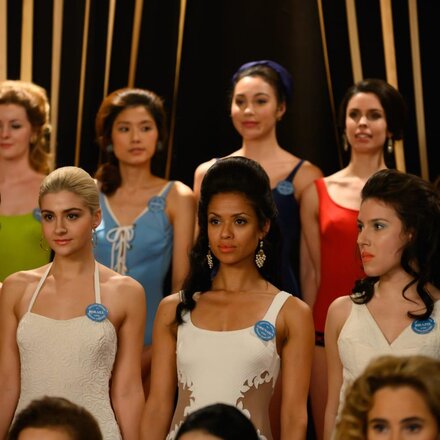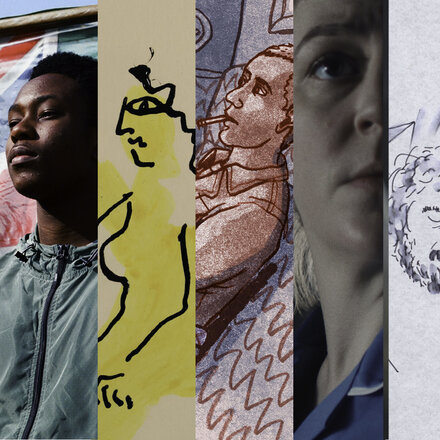
Three Identical Strangers | Film Q+A
Director Tim Wardle and producer Becky Read discuss the journey in making the investigative documentary of identical triplets separated at birth. Find out how they navigated scientific analysis and moral truths to bring this remarkable true story to life on screen.
Constrating styles, build the scene
Wardle and Read demonstrate how they merged two documentary formats, both observational and archival; proving necessary to include 'reconstruction' (reenactment) in order to build the story and create the journey for the viewer
My objective was always to force their (triplets) perspective – essentially what you’re seeing are those moments of their story play out in chronological order
The perception of Nature vs Nurture
Through the shifts of scientific data and personal accounts with three families for over six-decades, Wardle discovers there's balance between the two elements
Ultimately the film says that ‘nurture’ is important – but I was shocked at how powerful biology is; it does make you think about who we are and how much we can shape our own lives and where we’ve ended up is just a product of our biology
Personal Connection
It felt like the dream project – all the stuff I was interested in; I studied psychology, I’m one of three brothers, my wife is a Jewish psychotherapist … this is my project
Wardle admits there was a great amount of parallels to his own life and the triplets – a few similarities helped create a stronger connection to the project






